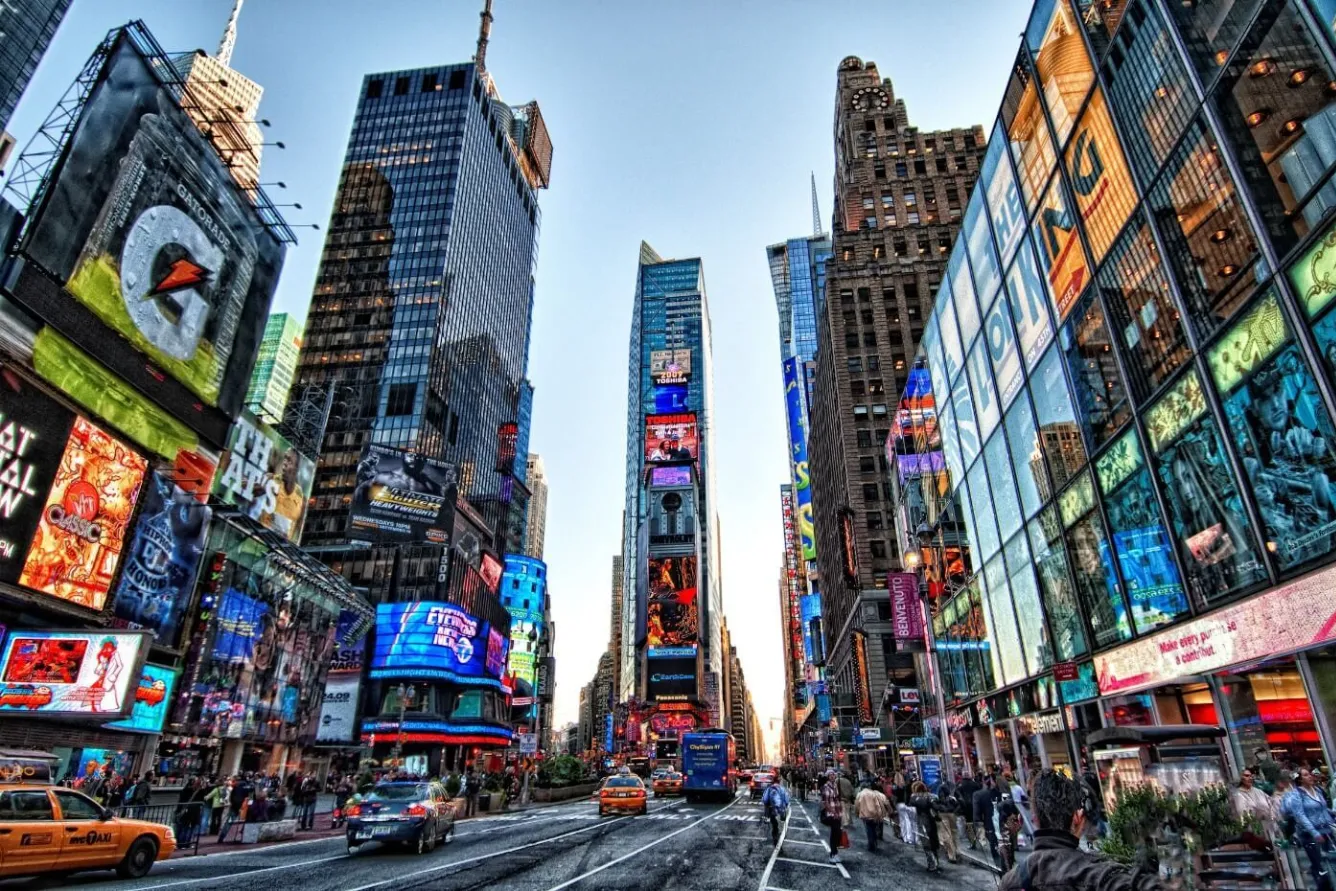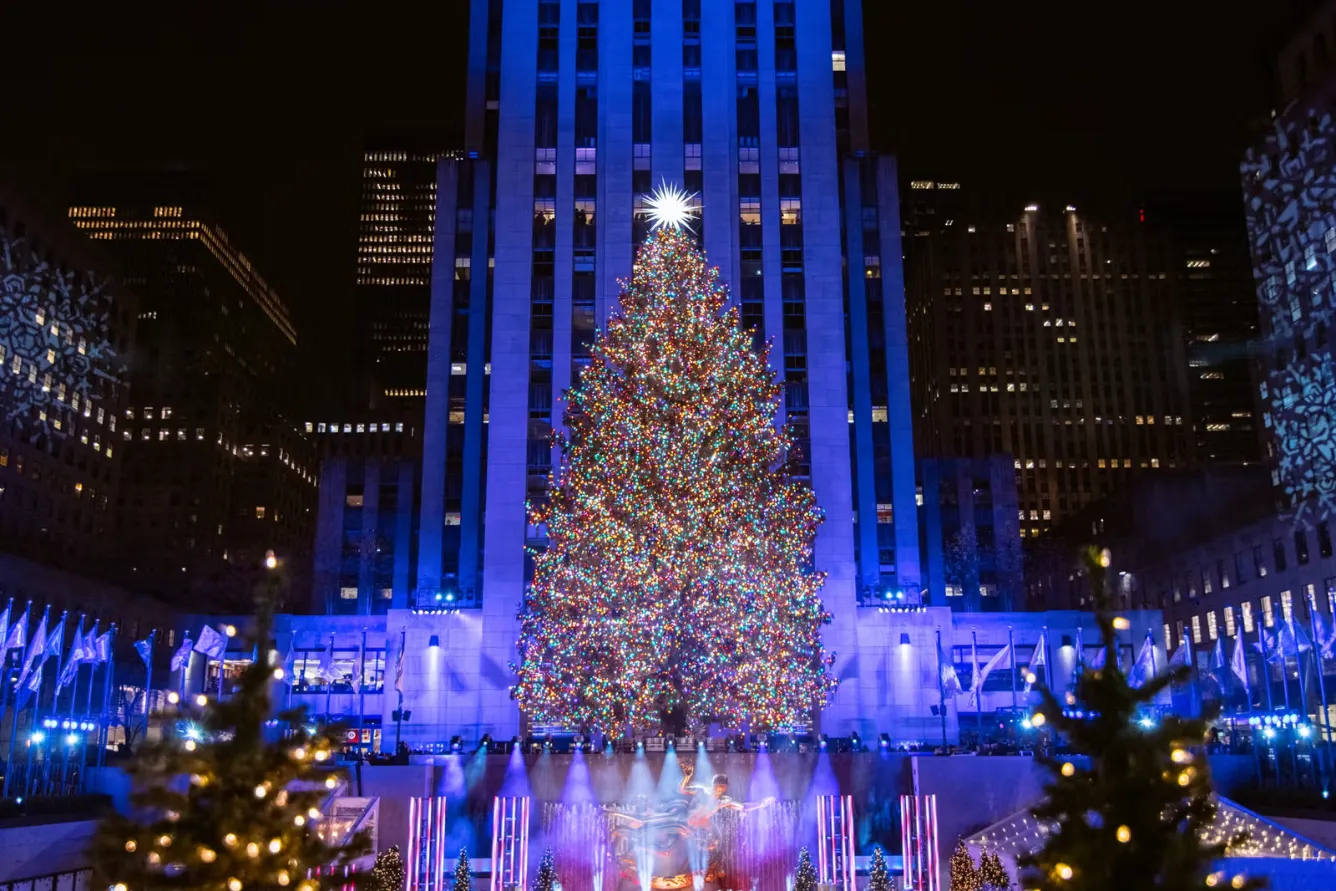Winter in Sapa is not only a captivating destination for tourists due to its dreamy snow-covered mountains but also a paradise for photography enthusiasts. Sapa in winter transforms into a magical ice kingdom, where terraced rice fields, rooftops, and branches are all blanketed in pure white snow. This is a unique scene that any photography lover longs to witness and capture. Visiting Sapa in winter, you will have the chance to experience a poetic “Vietnamese version of New York,” not just because of the scenery but also because of the special moments of seasonal transition.
Sapa Winter – A Snowy Paradise for Photographers
The Unique Beauty of Sapa Under a Blanket of Snow
Sapa in winter dons a pristine white cloak, making the already majestic landscapes even more magnificent. From the imposing Fansipan peak and the poetic Cat Cat village to the mystical Muong Hoa valley, everything is immersed in the tranquil embrace of snow. The terraced rice fields, once lush green, are now covered with thick snow, creating soft, winding curves on the hillsides. Simple wooden houses peek out from under the white snow, offering a sense of warmth amidst the winter cold.
Photographers come to Sapa in winter not only to capture the magnificent natural beauty but also to discover the simple, everyday moments of highland life. Images of rosy-cheeked children in the frosty mist, ethnic minority people diligently working on snow-covered hillsides, all create emotionally rich and deeply humanistic photographs.
Ideal Snow Photography Spots in Sapa
1. Fansipan Peak: The “Roof of Indochina” is a must-visit destination for snow photography in Sapa. From the top of Fansipan, you can capture a panoramic view of Sapa immersed in a sea of clouds and white snow. Especially on sunny days, you can also admire the majestic Hoang Lien Son mountain range and the floating sea of clouds.
2. Cat Cat Village: This ancient village of the H’Mong people exudes a peaceful, poetic beauty when winter arrives. Traditional wooden houses, winding paths, slowly turning water wheels… all are covered in a layer of white snow, creating a picture-postcard scene.
3. Muong Hoa Valley: Muong Hoa Valley is famous for its winding terraced rice fields and mysterious ancient rock field. In winter, when it snows, this valley becomes more magical than ever. Snow blankets the rice fields and rocks, creating a serene, pristine, and enchanting space.
4. O Quy Ho Pass: One of the “four great passes” of Vietnam, O Quy Ho Pass is a stunning spot for cloud hunting and sightseeing. In winter, O Quy Ho Pass becomes even more majestic and magnificent when covered in snow. From the top of the pass, you can admire the rolling mountains, deep ravines, and winding roads.
5. Highland Villages: Besides Cat Cat, Sapa has many other villages with pristine, simple beauty such as Ta Phin, Lao Chai, Ta Van… In winter, these villages become quieter and more romantic than ever. These are ideal places to explore the local culture and capture everyday moments of highland people in winter.

Tips for Successful Sapa Winter Snow Photography
Thorough Equipment Preparation
To get beautiful snow photos in Sapa, equipment preparation is crucial.
1. Camera and Lenses: A DSLR or mirrorless camera with weather sealing is the best choice. A wide-angle lens (16-35mm) will help you capture the panoramic grandeur of Sapa. A telephoto lens (70-200mm or longer) will be useful when you want to capture close-up details or portraits in the snowy landscape.
2. Batteries and Memory Cards: Cold weather can reduce camera battery life. Bring spare batteries and keep them warm by storing them in your inner jacket pocket close to your body. Large-capacity memory cards are also essential so you don’t miss any beautiful moments.
3. Tripod: A tripod helps you take sharp photos in the low light conditions of winter, especially when shooting landscape photos at sunrise or sunset.
4. Camera Protection Accessories: Waterproof bags, camera rain covers, lens cleaning cloths… will help protect your equipment from rain, snow, and fog.
Effective Snow Photography Techniques
1. Choose the Right Time to Shoot: The ideal time for snow photography in Sapa is in the early morning or late afternoon. Sunrise and sunset light will create beautiful color effects on the white snow.
2. Pay Attention to Light: Light in snowy conditions is often quite weak and diffused. Utilize natural light creatively. You can shoot backlight to create silhouette effects or shoot front light to highlight details and colors of the scene.
3. Composition and Angles: Find unique and creative shooting angles to create impressive photos. Pay attention to photo composition, leading lines, foreground, and background to create depth and appeal for the photo.
4. Camera Settings:
- Aperture: Use an aperture from f/8 to f/16 to ensure depth of field, keeping the photo sharp from foreground to background.
- Shutter Speed: Adjust the shutter speed according to the lighting conditions. If shooting static landscapes, you can use a slow shutter speed. If shooting motion, increase the shutter speed to avoid blurry images.
- ISO: Keep ISO at the lowest possible level (ISO 100 or 200) to ensure the best image quality. If the light is too weak, you can increase the ISO, but be mindful of controlling noise.
- White Balance: Select the “Snow” or “Cloudy” white balance mode for accurate and harmonious colors.
5. Shoot in RAW Format: Shooting in RAW format gives you more data for post-processing, especially white balance and contrast adjustments in the complex lighting conditions of winter.

Important Notes When Snow Photography Hunting in Sapa
Keep Warm and Protect Your Health
Sapa winter weather is very cold, especially when it snows. Prepare warm clothes, gloves, woolen hats, scarves, non-slip shoes, and heat packs to keep your body warm. Drink enough water and eat well to maintain good health throughout your photography trip.
Safety When Moving and Photographing
Roads in Sapa in winter can be slippery due to snow and ice. Move carefully, wear non-slip shoes, and avoid dangerous areas. When taking photos in high places or near cliffs, ensure absolute safety.
Respect Local Culture and Environment
When visiting highland villages, respect the culture and customs of the local people. Do not litter, and do not make noise that affects the lives of the locals.
Update Weather Forecasts Regularly
Sapa winter weather can be unpredictable. Update weather forecasts regularly to plan your photography trip accordingly and ensure safety.
Snow photography hunting in Sapa winter is a wonderful and memorable experience. Not only does it bring you unique photographic works, but this trip also helps you discover the magical beauty of Vietnamese nature and experience special moments of seasonal transition. Plan your Sapa snow photography trip today so you don’t miss the opportunity to admire and capture this unique beauty!
Are you ready for your snow photography adventure in Sapa this winter? Share your experiences and questions in the comments below!